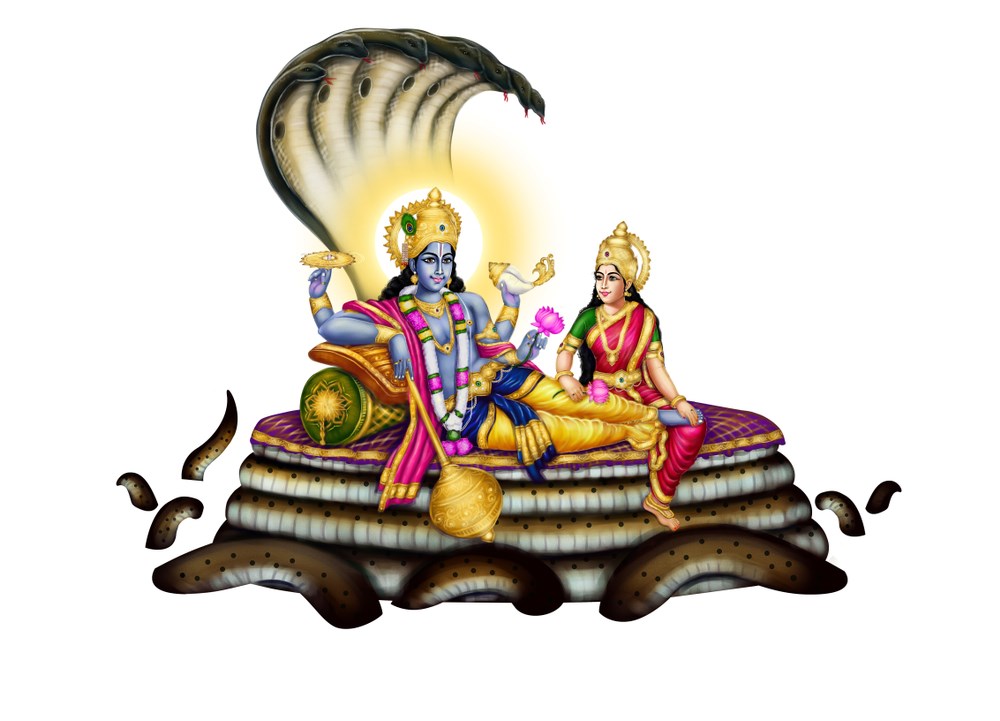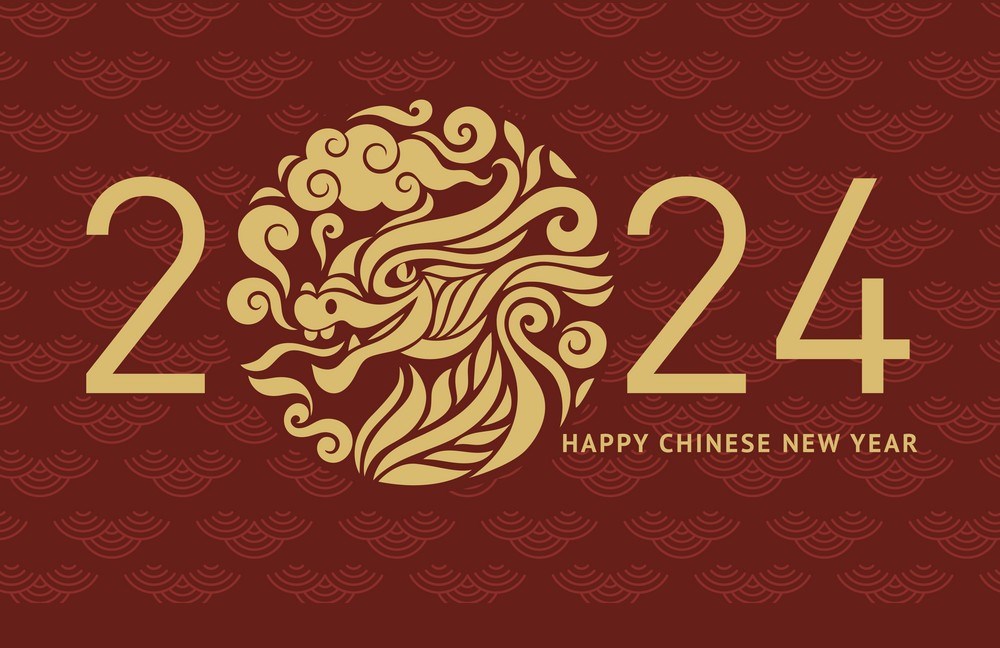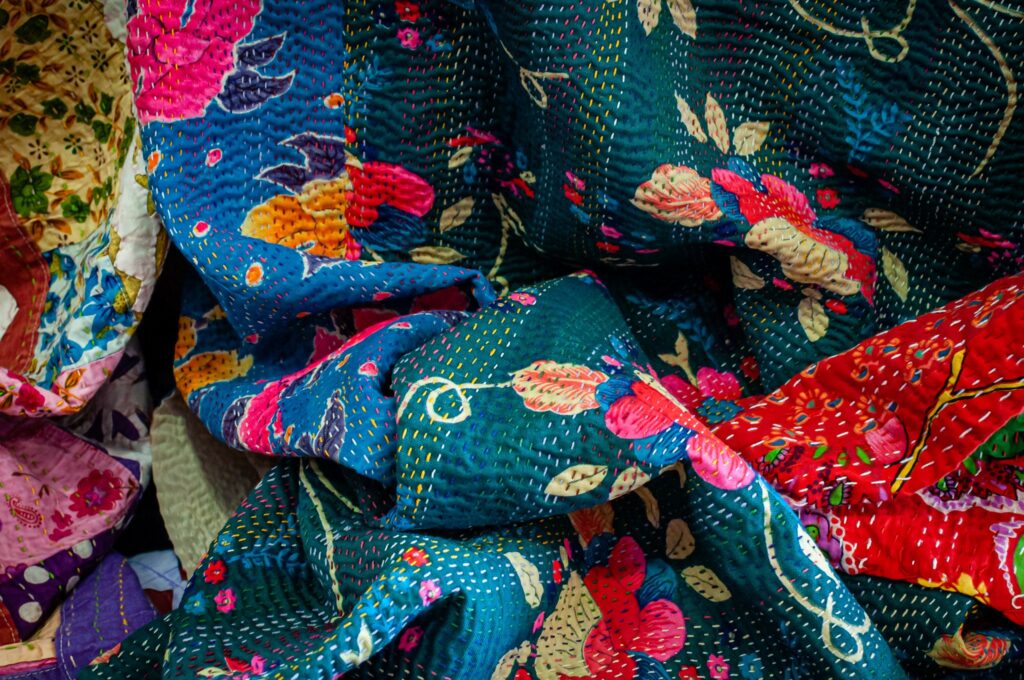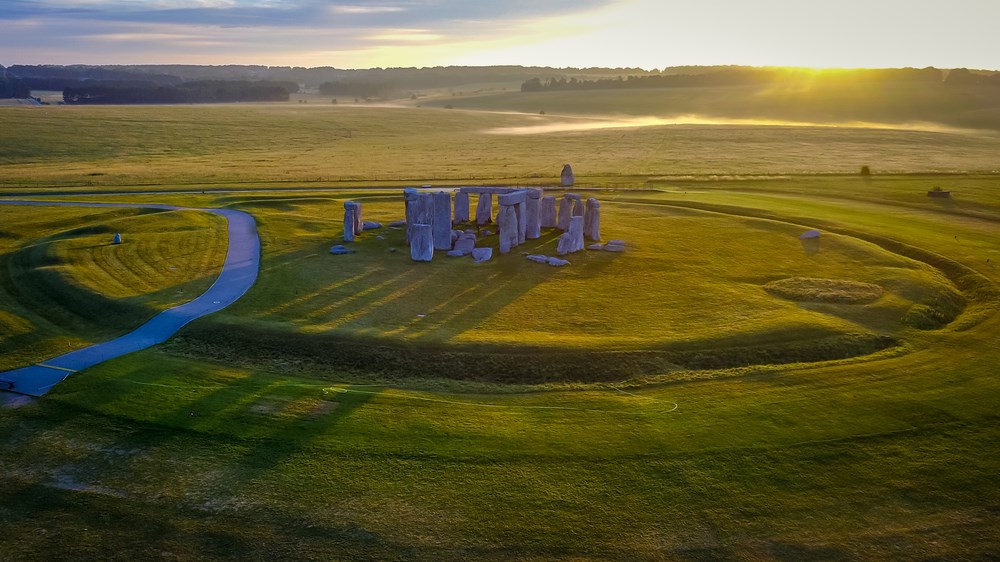
Shaligrama, the precious black stone of Vishnu
Shaligrama, the precious black stone of Vishnu
Shalagrama shila also known as Shaligram refers to a particular variety of stone collected from river-bed or banks of the Gandaki River in Nepal, and are used as an non-anthropomorphic representation of Lord Vishnu. Thay are fossils of ammonite shells from the Cretaceous Period (400 to 66 million years ago). According to the Legend, it generated due to the following chain of events.
LEGEND
A king named Vrishadhvaja had been cursed by Surya to endure poverty due to his reluctance to worship any deity other than Lord Shiva. To regain back the lost prosperity, his grandsons Dharmadhvaja & Kusadhvaja performed austerities to propitiate Goddess Lakshmi, the presiding deity of prosperity. Pleased with the austerities, She granted them prosperity & boon of being born as their daughters. Accordingly Lakshmi incarnated as Vedavati, the daughter of Kusadhvaja & Tulasi, the daughter of Dharmadhvaja.
Tulasi went on to perform austerities in order to gain Lord Vishnu as her husband, but was informed by Lord Brahma that she wouldn’t get Vishnu as her husband in that life, rather she would have to marry the Danava named Shankhachuda.
In his previous birth, Shankhachuda was Sudama, an attendant of Krishna, a manifestation of Vishnu residing in Goloka. As a result, Shankhachuda was virtuous and pious by nature and he was devoted to Vshnu. He married Tulasi on the command of Lord Brahma. After Shankhachuda’s marriage, the Danavas under his leadership waged a battle against their natural enemies, the Devas, in which they won due to merit of Shankhachuda’s virtue.
Demoralised and defeated, the Devas approached Lord Vishnu, who told them that Shankhachuda was destined to be killed by Lord Shiva. On being requested by the Devas Lord Shiva along with His attendants and the Devas, waged a battle against the Danavas led by Shankhachuda. However, neither side was able to outpower the other. An unembodied voice told Lord Shiva that by the boon of Lord Brahma, Shankhachuda was invincible in combat as long as he wore his armour and his wife’s chastity wasn’t violated.
So Lord Vishnu, assuming the form of an old brahmin, asked from Shankhachuda his armour in alms. Shankhachuda donated his armour to him. When he was busy fighting with Lord Shiva, Lord Vishnu, wearing Shankhachuda’s armour, assumed the form of Shankhachuda & cohabited with Tulasi. Thus Tulasi’s chastity had been broken & Shankhachuda was killed by Lord Shiva’s trident, thereby reliving Sudama from the curse.
At the moment of Shankhachuda’s death, Tulasi became suspicious that the man who was with her at that time wasn’t Shankhachuda. When she came to know that it was Lord Vishnu who had violated her, she cursed Him to become a stone as He had been emotionless like a stone in accomplishing the death of his devotee Shankhachuda and violating her, who was also devoted to Him.

Lord Vishnu consoled Tulasi by stating that it was the result of her austerities performed in the past in order to gain Him as her husband, and that she would again become His wife on casting off her body. Thus Laksmi cast off the body of Tulasi and assumed a new form (which became known by the name of Tulasi). The discarded body of Tulasi was transformed into the Gandaki River, and from her hairs emerged the tulas shrub. Lord Vishnu, on being cursed by Tulasi, assumed the form of a large rocky mountain known as Shalagrama, on the banks of theGandaki River, where vajrakita, a type of worms having teeth as strong as Vajra carve out various markings on His body.
The carved stones which fall down from the surface of that mountain into the Gandaki River, become known as Shaligram shila.
HISTORY
Shaligrams are mostly black coloured stones with or without marks, and are the fossilized remains of now extinct sea dwelling ammonites. Hence they are found in river beds and other regions that were once underwater, the most popular being the Himalayas and Nepal. Historically, the use of Shaligram Shilas in worship can be traced to the time of Adi Shankara and were used in the worship of Vishnu as been a well-known Hindu practice.

The statue of Lord Vishnu in the Padmanabhaswamy Temple of Thiruvananthapuram, the Badrinath Temple of the Garwal region, that of Lord Krishna in Krishna Matha of Udupi and the Radha Raman temple of Vrindavana are also believed to be made from the Shaligram.
Shaligram beads are believed to protect from all obstacles and negativities. They bring peace and reduce conflicts and sufferings.










